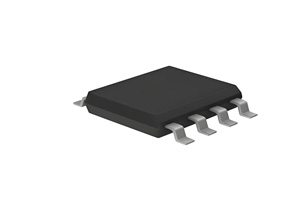The role of silver paste in capacitive sensors is to provide a conductive layer or path, which is crucial for the functionality of the sensor.
The following are several key roles of silver paste in capacitive sensors:

Conductivity: Silver paste has good conductivity and can be used to manufacture the conductive parts of sensors. In some cases, it is used to form electrodes for sensors, ensuring effective transmission of electrical signals.
Printing process adaptability: Silver paste can be applied to different substrates through various methods such as screen printing and inkjet printing, making it very suitable for manufacturing complex patterns and small circuits, which is very important for high-density integrated capacitive sensors.
Mechanical stability: Silver paste can form a conductive coating with a certain mechanical strength after curing, which is particularly useful for applications that require frequent bending or deformation, such as wearable devices. Cost effectiveness: Compared to other conductive materials, silver paste may be more cost-effective in certain applications, especially in large-scale production.
Low temperature curing: Some silver pastes can be cured at relatively low temperatures, which helps to avoid damage to temperature sensitive substrates.
Improving sensitivity: Accurately controlling the thickness and distribution of silver paste can optimize the capacitance characteristics of the sensor, thereby enhancing its sensitivity.
In practical applications, silver paste is commonly used to manufacture various types of capacitive sensors such as touch screens, pressure sensors, humidity sensors, etc. Their application scope is very wide, ranging from consumer electronics products to industrial automation equipment.

